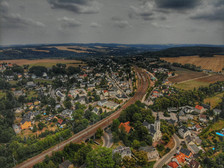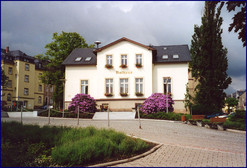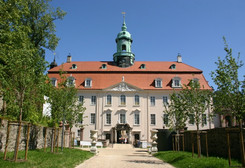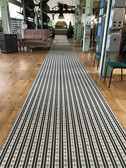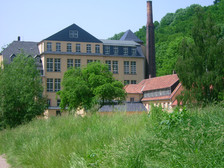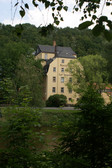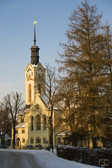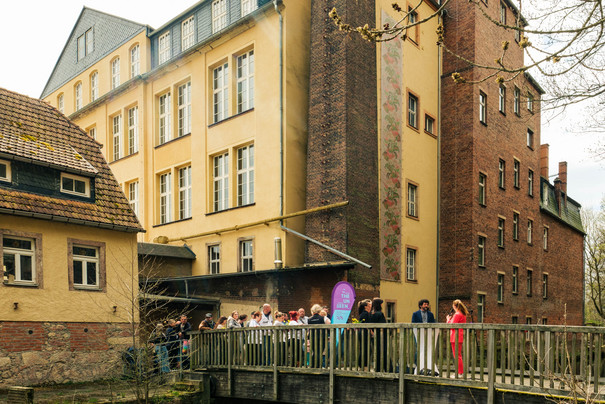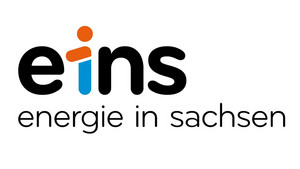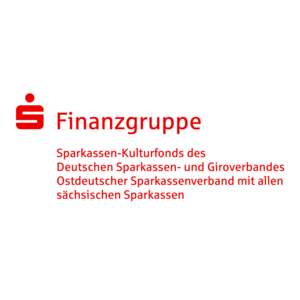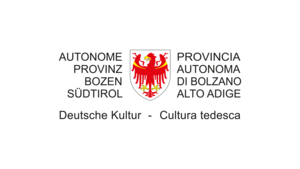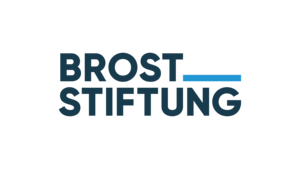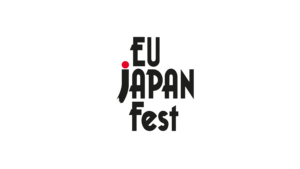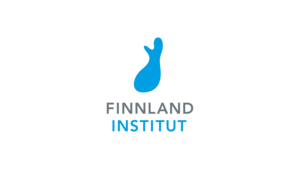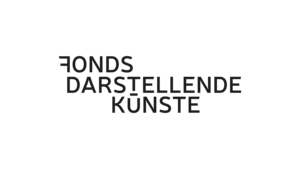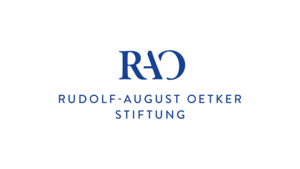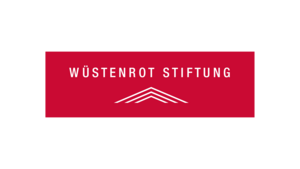The municipality of Niederwiesa borders the city of Chemnitz directly to the east and is located in the district of Central Saxony. The 4,700 inhabitants are spread across the districts of Niederwiesa, Braunsdorf and Lichtenwalde, all of which were founded in the 13th and 14th centuries. The eponymous district is characterised by the church built in 1898, the town hall and the post mile column. Lichtenwalde is particularly famous for Lichtenwalde Castle and its baroque garden: The castle dates back to a castle complex built on the banks of the Zschopau in 1230. The lords of the castle included Dietrich von Harras, whose ballad "Harras der kühne Springer" (Harras the Bold Knight) was a literary monument to Theodor Körner. Today's castle and park grounds have their origins in the early 18th century and owe their existence to the work of the Counts of Watzdorf.
Today, the castle is home to several exhibitions on the history of the house, silhouette art and the art and culture of West Africa, East Asia and the Himalayan region. The ten-hectare park continues to impress visitors with its spaciousness and design, including the Swiss Cottage, the "Seven Arts" water feature, the dolphin fountain, a small "English game" and the concert shell. Finally, in Braunsdorf, you will be surprised by the sight of a listed gem of industrial history: the former Kurt Tannenhauer weaving mill. The building, which now houses the "Historische Schauweberei Braunsdorf" museum, looks like an industrial castle in the countryside.
Karolin Schwab: My Floating Home
Art and sculpture trail PURPLE PATH
The sculpture My Floating Home by Karolin Schwab is installed in the Mühlgraben, a diversion ditch of the river Zschopau. The work, made of red powder-coated square tubes, is reminiscent of a fleeting, three-dimensional sketch of a house. With this work, the artist explores the question of what it means to be at home. Changing images are created in the water over the course of the seasons. Carolin Schwab was born in Stralsund, Germany, in 1987. She now lives and works in Berlin, Germany.
Leiko Ikemura: Usagi Greeting (180)
Art and sculpture trail PURPLE PATH
The sculpture Usagi Greeting by artist Leiko Ikemura depicts a hare (jap.: Usagi) in the style of Buddhist and Christian iconography. The bell-shaped lower part reveals a miniature firmament through which light shimmers. Ikemura‘s work symbolises fertility, renewal and the fluid boundary between humans, animals and plants. The placement refers to the castle’s Asian collection. Leiko Ikemura was born in Tsu, Japan, in 1951. She now lives and works in Berlin, Germany.
(till 12 Dec 2025)
